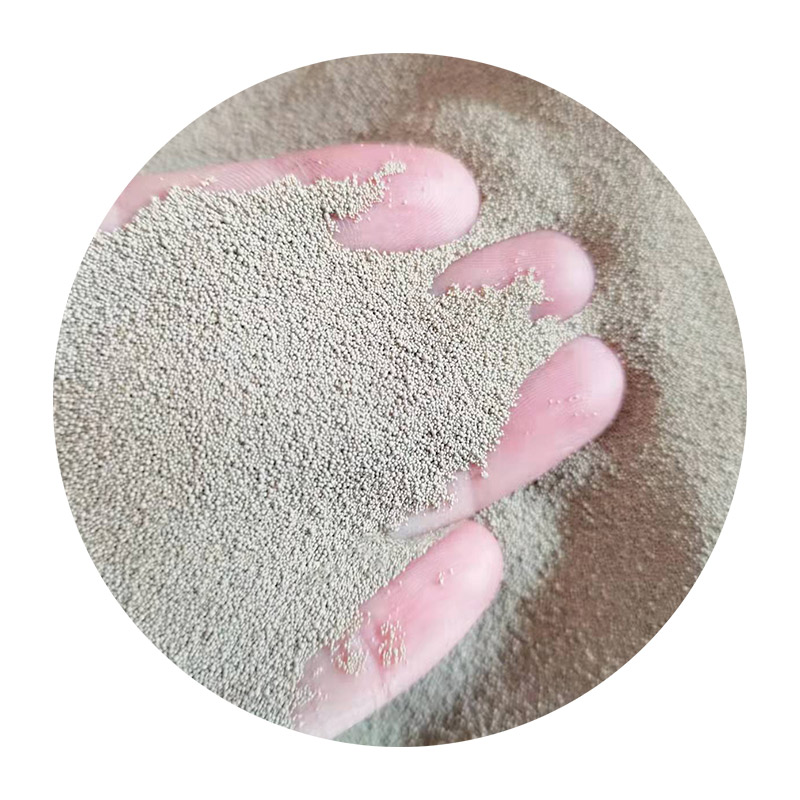

Trust in ceramic sand casting stems from its proven track record over rigorous quality standards. ISO and ASTM guidelines are frequently referenced by foundries employing this technology, ensuring that castings meet stringent industry requirements. Additionally, ceramic sand is inert and environmentally friendly, reducing potential health hazards and contributing positively towards sustainability goals. Manufacturers investing in this technology can, therefore, boast compliance with both regulatory and societal expectations regarding sustainable production practices. Authority in the ceramic sand casting domain is further underscored by ongoing research and development, often led by collaborations between universities and industry experts. Recent findings have illuminated ways to optimize ceramic composition, leading to better thermal shock resistance and improved mechanical properties of cast parts. This continuous improvement cycle not only enhances current casting practices but also expands potential applications of ceramic sand casting into new industries and uses. In practice, the adoption of ceramic sand casting involves an initial investment in new materials and training. However, as evidenced by forward-thinking foundries, this investment is offset by the long-term benefits of higher quality castings and operational efficiencies. Testing and quality assurance processes are refined over time, and as expertise grows within an organization, so does the ability to innovate and push the boundaries of what can be achieved with ceramic sand casting. Manufacturers around the globe, now more than ever, demand materials and processes that align with their goals of efficiency, precision, and sustainability. Ceramic sand casting checks all these boxes. As industries face increasing pressure to deliver defect-free and high-performance products, the role of advanced casting methods like ceramic sand casting becomes even more crucial. It is a technology not just of the present but a cornerstone for future manufacturing excellence. In conclusion, ceramic sand casting represents a modern answer to the traditional challenges of casting complex designs and alloys. By leveraging the strengths of ceramic media, manufacturers can achieve unparalleled quality and precision. Embracing this method is not only a strategic advantage but also a commitment to innovation and excellence in the constantly evolving manufacturing landscape. Post time:Հնվ . 26, 2025 03:35
Next:Ceramic sand powder
